Observe planets and beyond
One of the trivial considerations before purchasing a telescope is the type of observation we want to make.
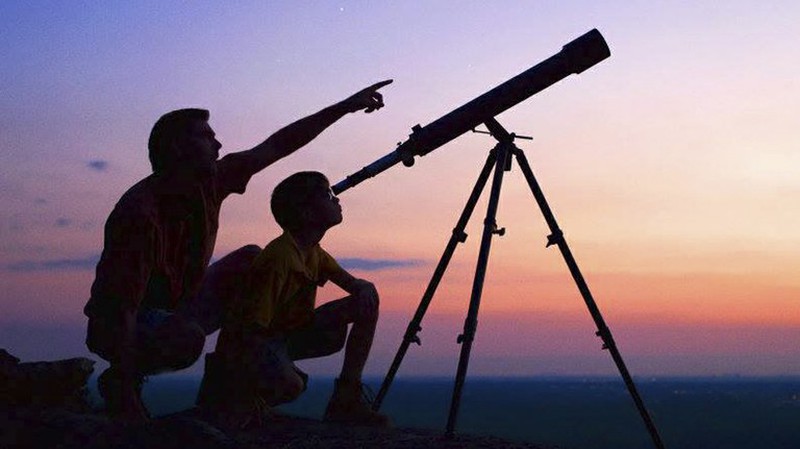
Deciding on a telescope is not easy, it is an important expense and we must reason very well which option is the most appropriate and above all the one that will allow us to enjoy our observation more.
To define the type of observation we depend on many things, but the main factor is the optics of the telescope. The optics will mainly determine the luminosity, the magnification and the field of vision. With two basic parameters, the lens aperture and the focal length or also the focal ratio.
The aperture of the lens marks the luminosity, the more aperture the more luminosity and the more light entry. Thus we have several openings in the market, represented in mm or inches:
- Low: 50,60,80 and 90mm
- Averages: 102, 120,125, 127 and 130mm
- Height: 150, 200, 250, 300mm or higher
f> f / 10 ------> Planetary observation f
The first question is:
Do we want to focus more on observing planets or the moon? . If so, we must choose a refracting telescope or Maksutov. These telescopes will have a target diameter between 50 and 102mm, and an ever-larger focal ratio at f / 10.
Do we want to observe a larger portion of the sky in order to observe constellations, galaxies, and the deep sky? . If so, we should opt for a reflector telescope or Schmidt-Cassegrain. These telescopes will have a lens greater than 120mm or 5 "and a focal ratio of f / 10 or less.
Here we enter the term of the power of the telescope, that is, of the increase. The magnification is obtained from the ratio or division between the focal length of a telescope and the focal length of the eyepiece used. For example with a 1000mm focal length refractor telescope and a 20mm eyepiece, we get 50X magnification.
Refractor, lens or long tube telescopes, the focal length is practically equal to the length of the tube. In optical systems such as Maksutov or Schmidt-Cassegrain, the focal distance is greater, and since the optical system is more complex, the total focal length is obtained from the rebound length of the light beam in the different internal lenses. Therefore we have higher focal lengths in shorter optical tubes and therefore telescopes with more total magnification capacity.
If we make a very practical summary we can conclude that if we are interested in observing planets and the moon at an initiation level we should choose a refractor telescope.
If we are interested in observing a much wider field of space and observing galaxies, nebulae, constellations, etc., we should choose a reflecting telescope.
For a more versatile and powerful observation, then we must opt for the Schmidt-Cassegrain optical models, which will provide us with more quality, more light and more power. In short, more advanced.
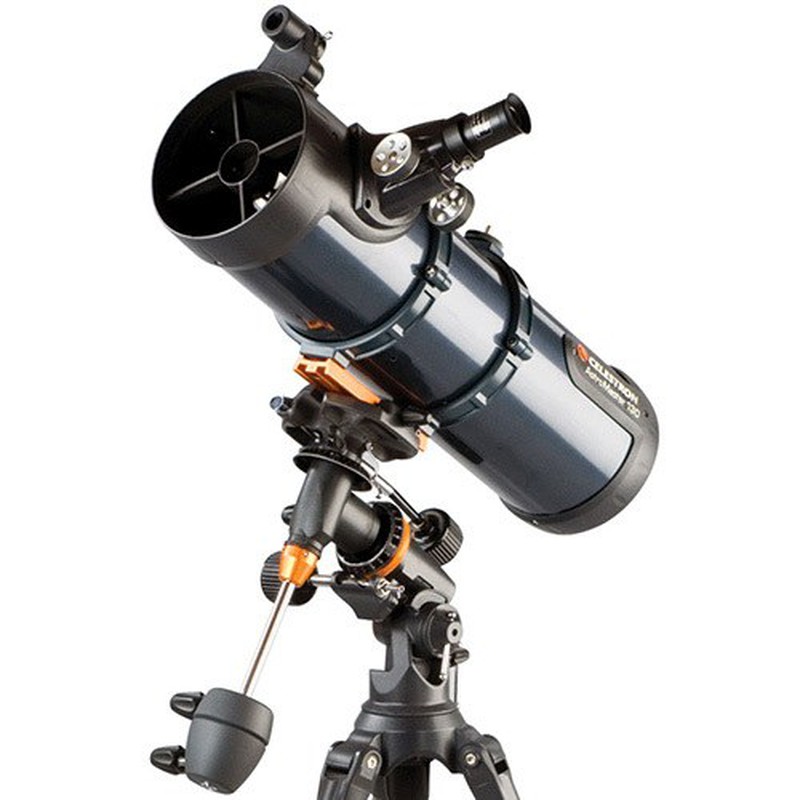
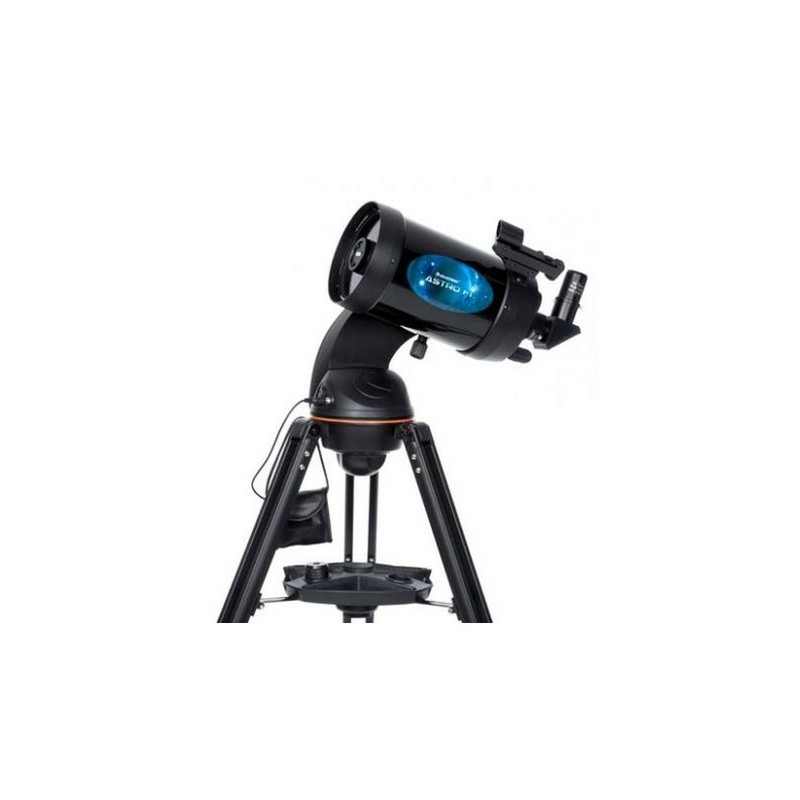
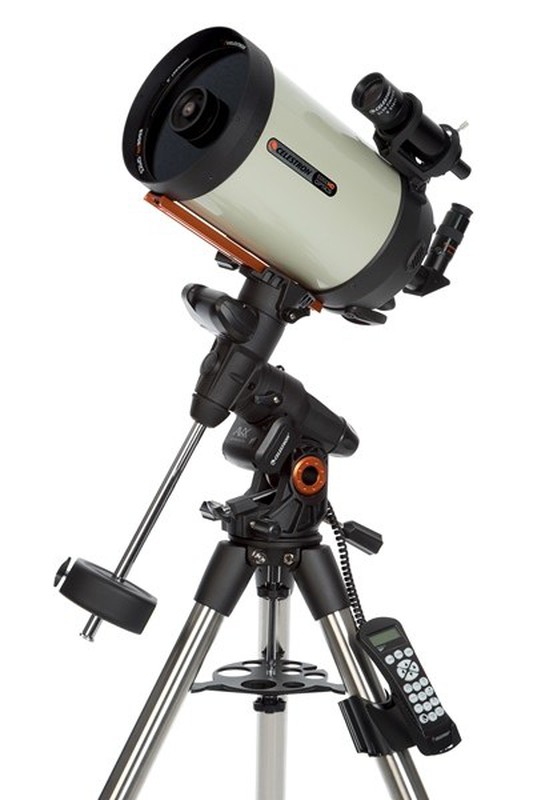
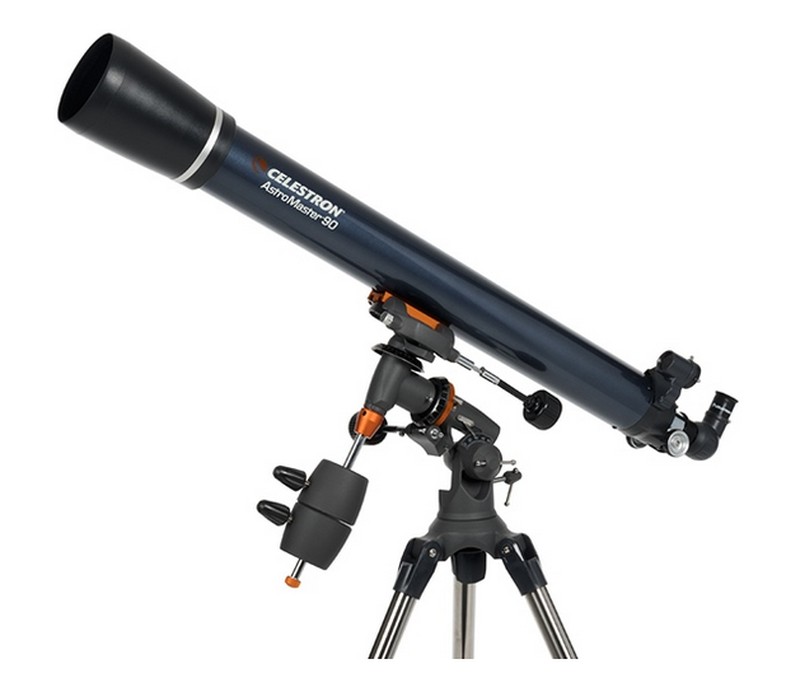





Opinions of our clients
Receive our news